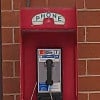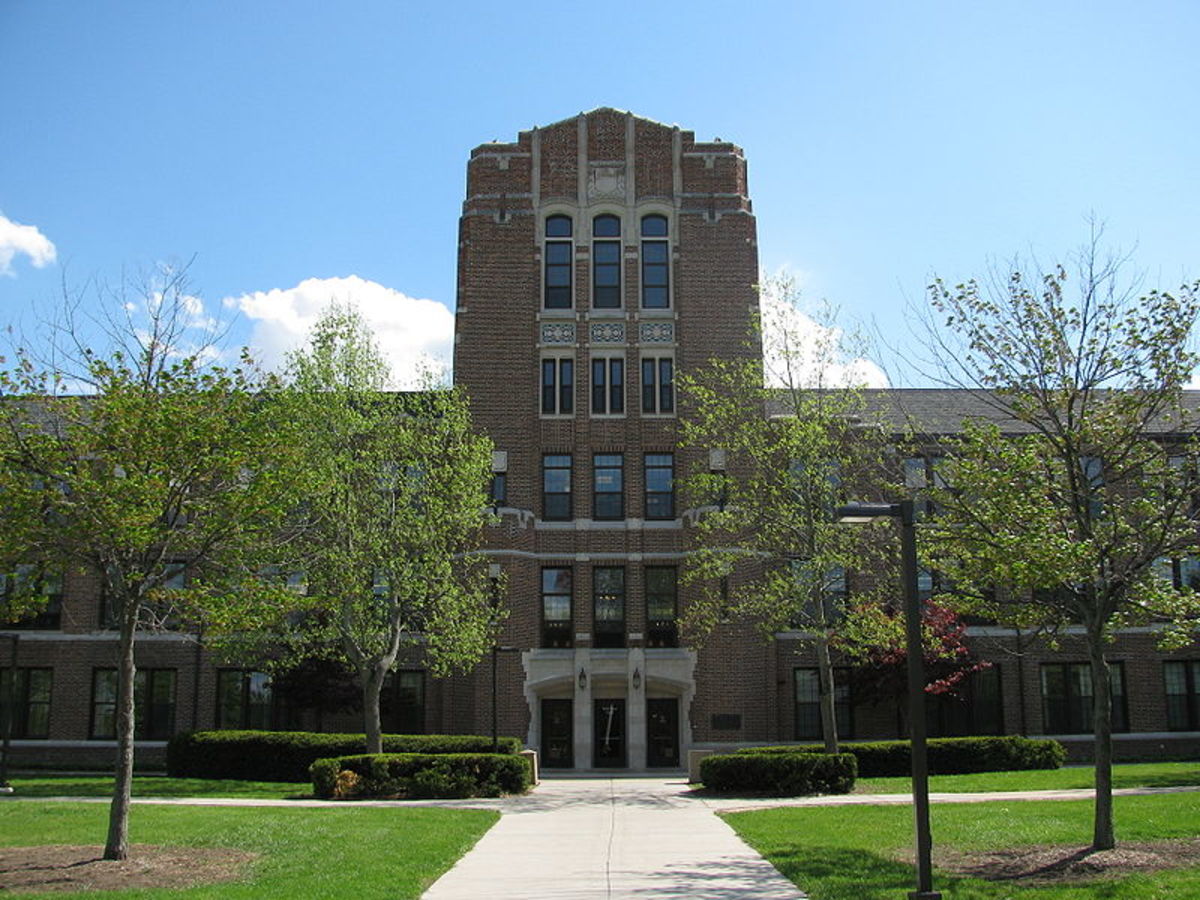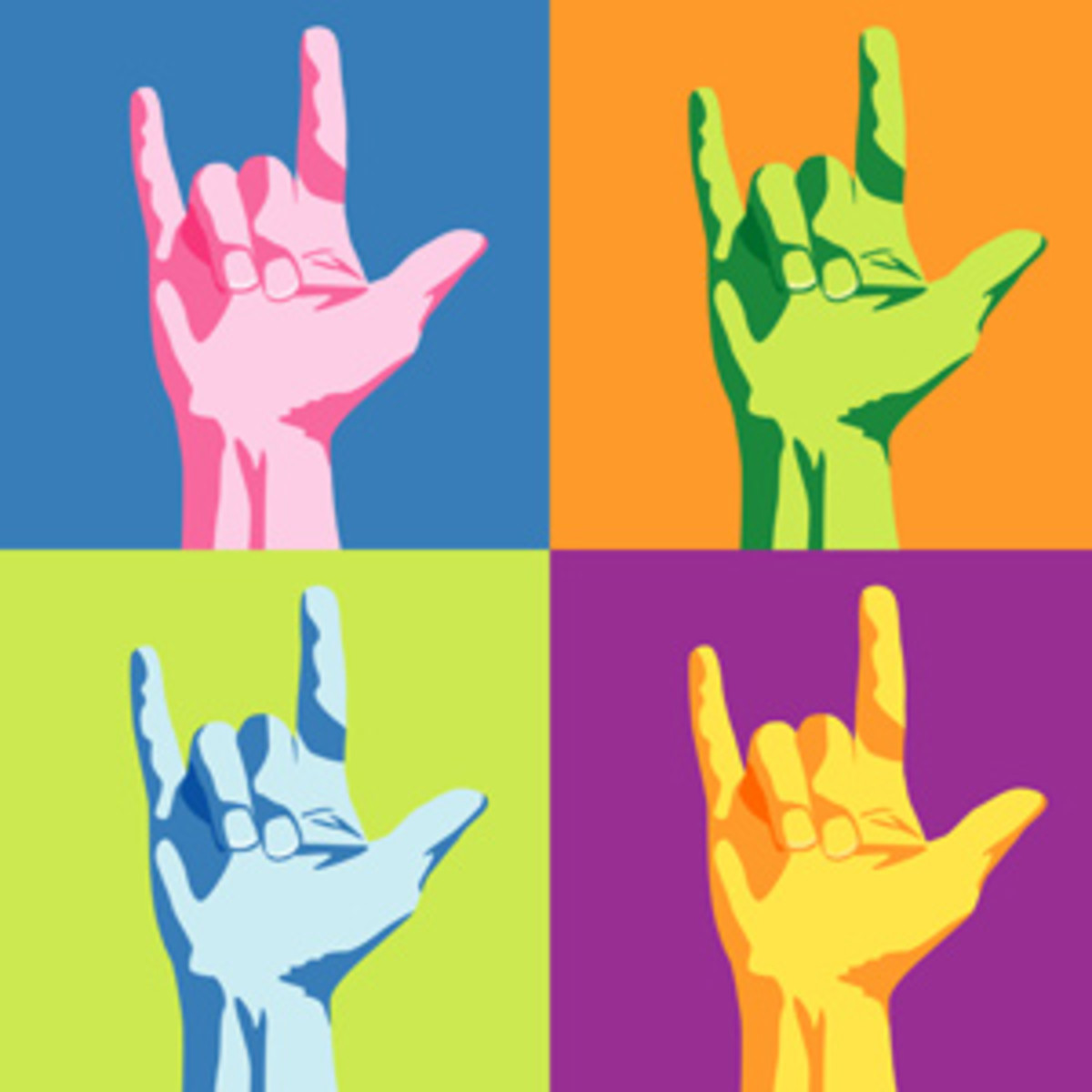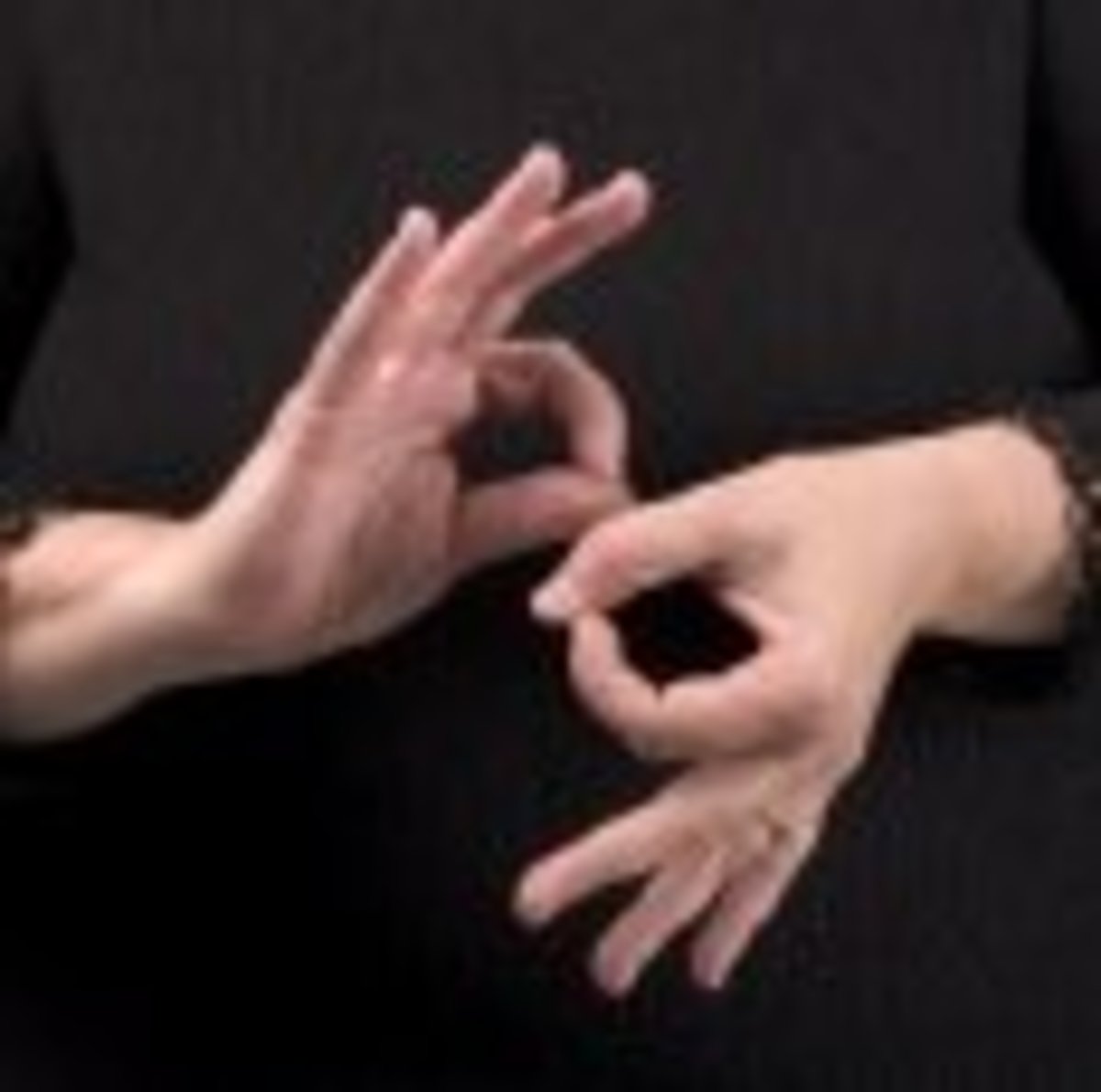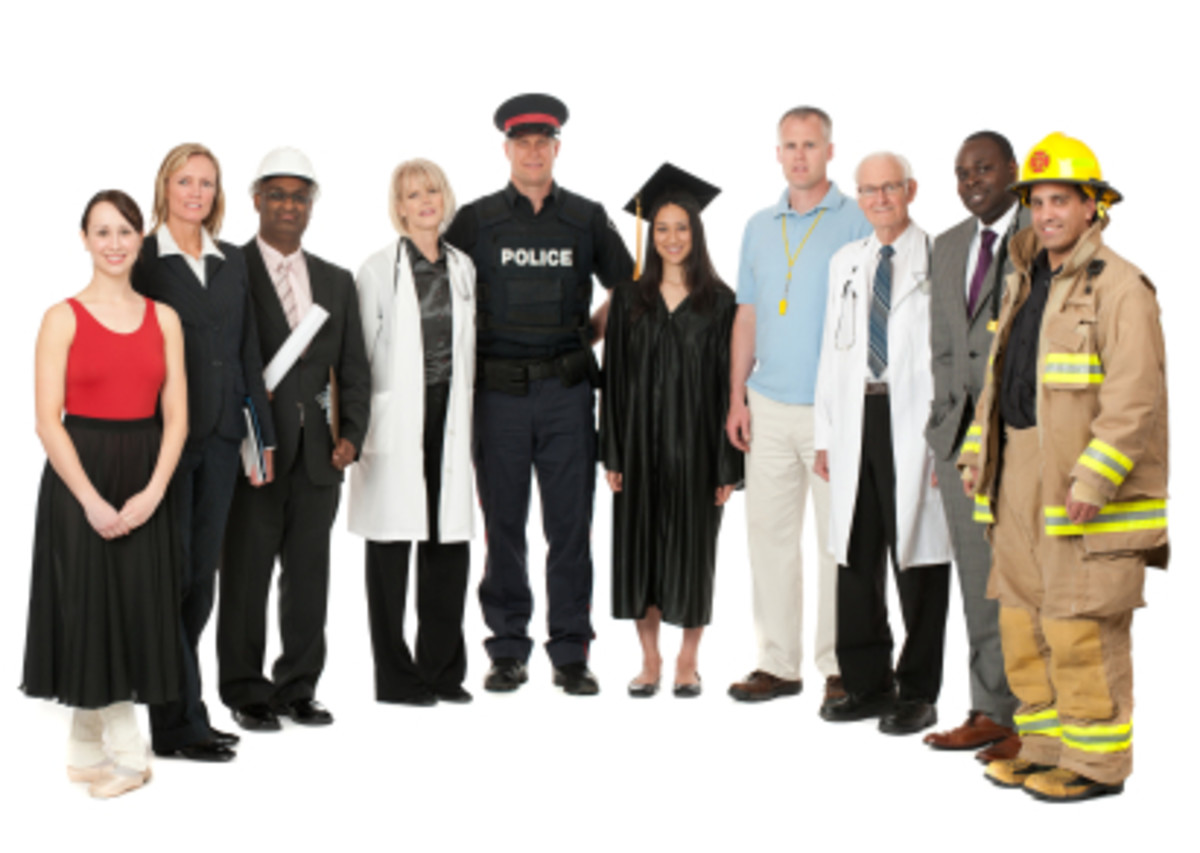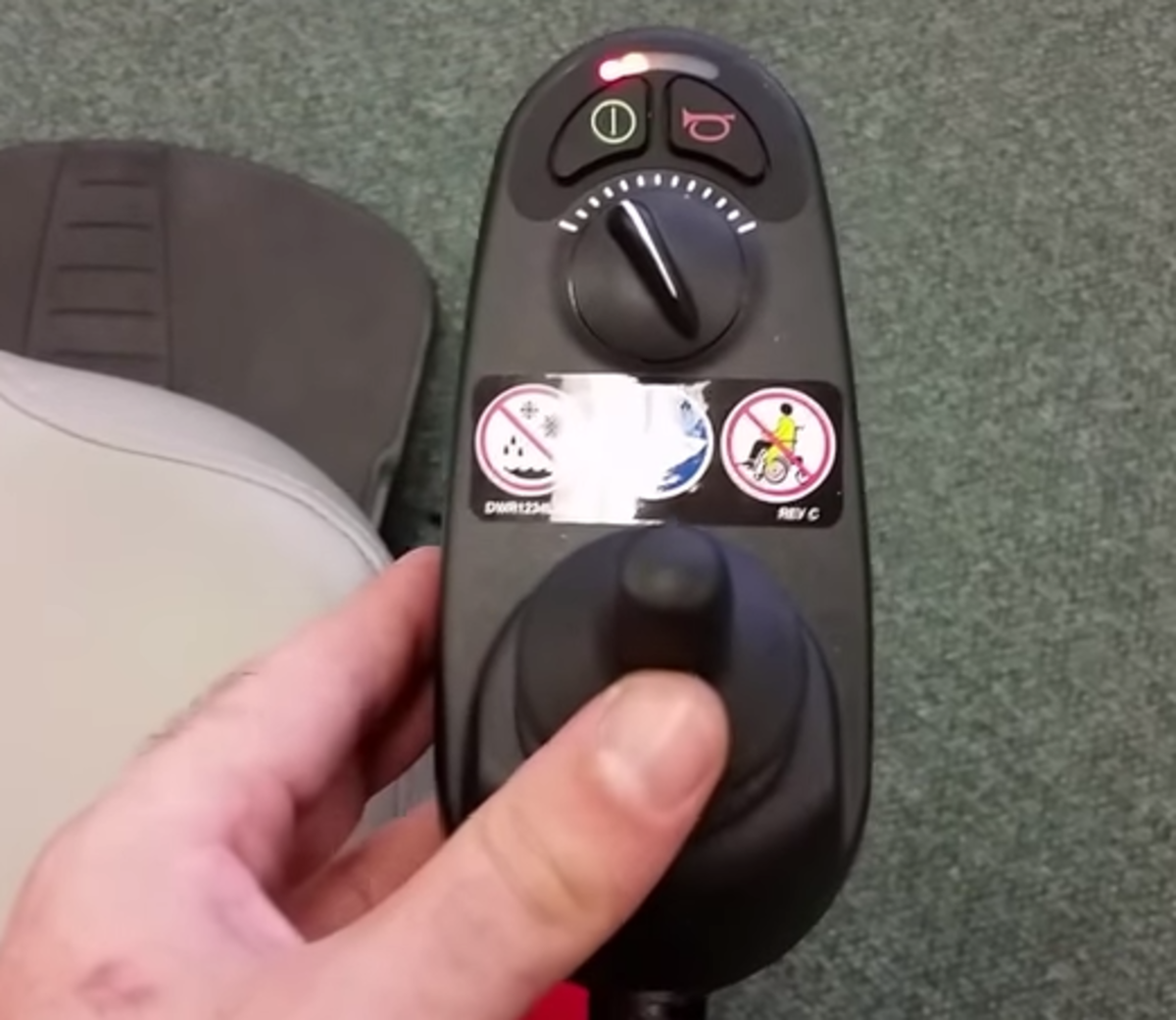Sign Language for Deaf and Other Aspects

Many Aspects of Sign Language
Sign language uses visual sign patterns, as opposed to vocal expression, such as hand shapes, movement of the hands, arms and body as well as facial expressions to convey meaning.
Where there are deaf communities, sign language develops, with complex spatial grammars different from spoken languages. There are hundreds of sign languages in use around the world and they are important to deaf cultures.
Also there are other sign languages, such as those used by the American Indians.
Early documentation
In the fifth century BC Plato makes reference to the use of sign language by the deaf.
Linguistically sign languages are as rich and complex as other languages, according to wikipedia’s article on sign language. Linguists, who are experts in the science of language, have studied sign languages and find they have all the aspects of conventional vocal languages. They have grammars that are complex and their own. Both simple and complex subjects can be discussed in sign language.

Sign Language and the deaf
American Sign Language (ASL) is the language used by the deaf in the United States. I have found that sign language is more than just a code. It is a language with all the attributes of spoken language.
Reverend Thomas Hopkins Gallaudet
Gallaudet was one of the founders the American School for the Deaf, which was the first institution for the education of the deaf in North America. He was born in Philadelphia, Pennsylvania December 10,1787. In 1805 he earned a Bachelor’s degree from Yale University at the age of seventeen and a Masters at Yale in 1808. He considered the study of Law, engaging in trade, or the study of Theology. He graduated from the Andover Theological Seminary after a two years course of study and became a preacher.
His career took a turn when he met the nine-year-old daughter of Dr. Mason Cogswell. She was Alice Cogswell who was deaf. He started teaching her words by writing them in the dirt with a stick. Cogswell asked him to travel to Europe to study teaching methods for the deaf. The Braidwood family in Edinburgh Scotland, whom they had come to study, was unwilling to share their methods. Gallaudet was not sure an oral method was the best and decided to look elsewhere.
While he was in Great Britain he met Abbe Sicard, the head of the Institution Nationale des Sourds-Muets a Paris along with deaf faculty members Laurent Clerc and Jean Massieu.
Gallaudet went to Paris at Sicard’s invitation, to study the methods of teaching the deaf by using manual communication. He was impressed with the method and studied teaching under Sicard. He learned sign language from Massieu and Clerc both highly educated graduates of the school. He returned to America accompanied by Clec. Together they toured New England raising both private and public funds for the founding of a school for deaf students at Hartford, which eventually became the American School for the Deaf.
In 1821 he married Sophie Fowler, a former student.
He died at his home in Hartford September 10, 1851 at the age of 63.Nearby Central Connecticut State University in New Britain has a residence hall named in his honor.

Laurent Clerc
Laurent Clerc was born December 26, 1785 as Louis Laurent Clerc in La Balmes-les-Grottes. Isere. Generations of American deaf people knew him as “The Apostle of the deaf in America,” according to Wikipedia.
He was a co-founder of the first school of the deaf in North America, which was originally known as the Hartford Asylum for the Education and Instruction of the Deaf and Dumb on April 15, 1817. The School was later re-named the American School for the Deaf.
Perhaps he was the most renowned deaf person in American history He was deaf possibly due to a childhood accident of falling from a chair. He attended the school for the deaf in Paris and was taught by Abbe Sicard and eventually became a teacher himself. He later traveled to England to give a lecture and met Thomas Hopkins Gallaudet.
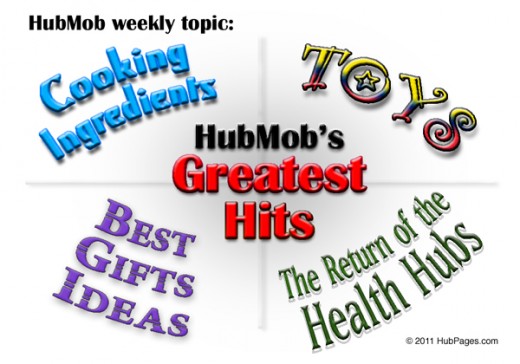
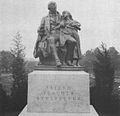
Alice Cogswell
Alice Cogwell was born August 31, 1805. At the age of two years she was ill with spotted fever, which took away her hearing, and she later lost her ability to speak. At the age of nine she met Gallaudet who started to teach her.
She was one of his deaf students to attend the school that would become the American School for the Deaf in April 1817.
She died at the age of twenty-five on December 30,1830.
American Indians and Sign Language
Indian Sign language does not appear to be related to sign language of the deaf. It is largely associated with the Plains Indians of North America. It could be considered the first American language. According to an article by William Tomkins it may be the first universal language produced by any people and that it is a genuine Indian language
It is estimated that in1885 Lewis F. Hadley, the authority on sign at the time claimed there were 110,000 sign-talking Indians in the United States. There is only a small percentage of sign talking Indians now. Many modern Indians now can speak better English than talk sign.
It appears that Indian sign language was widespread and allowed tribes that could not understand each others spoken languages were able to talk in sign.
Records of early explorers including that of Columbus indicate that they communicated with the Indians by sign.
Other uses of signs
Even though most of us do not use sign language we do use various hand signals. When I first learned to drive we had to use hand signals to indicate right and left turns and stops. . Technically these signals are still in effect although my observation is that they are no longer learned or recognized. This is unfortunate because such signals come in handy in emergencies when signal lights malfunction. They are also of use to bicycle riders. Now I often see drivers with their arms out the window in various positions and do not know if they are signaling or not. Apparently they don’t know either.
Dogs controlled by sign or hand signals
Not exactly a language but hand signals have often been used with dogs and other animals. Many training programs for dogs combine verbal with hand signals.
Albert Payson Terhune, the writer of dog stories, wrote some stories that took place in countries where sheep herding was a prominent culture and described how the sheep dogs were entirely controlled by sign.
Conclusion
Real sign languages are complex linguistically and have a history with the deaf communities that date back as far as Plato. There are several sign languages for the deaf often associated with particular counties. In the United States the American School for the Deaf has been instrumental in teaching the deaf. American Sign Language (ASL) is a widespread language for the deaf in the United States.
Although not related to languages for the deaf American Indian Sign Language has been around since before white explorers made contact with the Indians.
Fiction about deaf boy
- Medicine Drummer's Dog--Short Western Story
The narrator and his young friend Sandy find a medicine salesman has been attacked and his merchandise and animals stolen. With the help of an Indian Shaman they solve the crime. - Deaf Boy and Dog:A Short Western Story
Ill probably never know who Sandy was or where he and that spotted dog, Spot, came from. One day the boy and the dog just seemed to be here. Sandy had reddish brown hair and looked to be about twelve... - Green Mountain Rustlers: Short Story of the West
This is a western short story with a deaf dog and deaf boy as major characters. It is one in a series.The boy uses sign to talk to his dog and others.
© 2011 Don A. Hoglund
